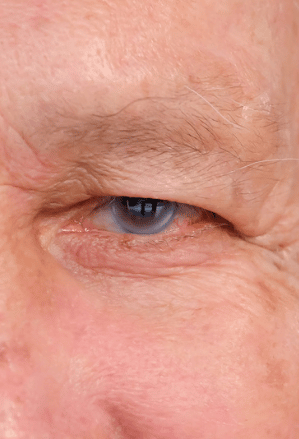Glaucoma Risk Factors – What To Look For
Glaucoma is a condition in which pressure builds in the eye, causing damage to the optic nerve. Although it tends to be hereditary, glaucoma usually doesn’t appear until later in life, sometimes appearing without warning. When left untreated, it can cause vision loss or permanent blindness. Scheduling regular visits to an ophthalmologist can catch this condition early in the process, which can help save your vision.
Causes of Glaucoma
Glaucoma can be caused by genetics, injury to the eye, infection, or blocked blood vessels. The fluid that fills your eye usually circulates, flowing out through a drainage system called the trabecular meshwork. If the fluid can’t drain out, it can build up excess fluid, putting pressure on the optic nerve. Glaucoma can affect just one eye but usually affects both and vision damage from glaucoma can’t be reversed.
Types of Glaucoma
Glaucoma comes in several forms, with varying causes and treatment options.
- Open-Angle Glaucoma: The most common type of this condition, open-angle glaucoma is caused by clogging of the drainage canals and increased eye pressure. Although it develops slowly, it is a lifelong condition.
- Angle-Closure Glaucoma: A rarer form of glaucoma, this is a sudden rise in intraocular pressure. Seek immediate medical attention if symptoms become noticeable.
- Normal-Tension Glaucoma: Sometimes damage to the optic nerve is possible without an increase in internal eye pressure, which causes normal-tension glaucoma.
- Congenital Glaucoma: Babies can be affected by glaucoma when their eyes’ drainage canals don’t develop properly. Surgery can usually correct this if treated early on.
Risk Factors for Glaucoma
Although glaucoma can happen to anyone, there are select groups that are more likely to develop it:
- Those who have diabetes, poor vision, high blood pressure, or heart disease
- People over 60 years old
- People taking certain steroid medications, drugs for bladder control or seizures, or certain over-the-counter meds
- Those with thinner-than-normal corneas
- People with a genetic predisposition to glaucoma due to a family history of the disease
Symptoms of Glaucoma
Symptoms usually do not manifest until late in the development of the disease. The most noticeable indicator is generally a loss of peripheral sight.
Other symptoms to watch for:
- Vision loss, eye pain
- Redness
- Blurred vision
- Halos around lights
- Stomach pains or vomiting
How Glaucoma is Diagnosed
When determining if glaucoma is present, there are several examinations conducted. Our ophthalmologists will also determine the severity of the condition. A pachymeter may be placed on the eye to measure how thick the cornea is. Our ophthalmologists can also administer a visual field test to determine if there has been any sight loss. Dilating pupils to see through your eye into the optic nerve is another standard procedure. Finally, we may test the angle between the iris and the cornea to diagnose the type of glaucoma present.
What’s the Next Step?
If you are showing symptoms of glaucoma, have a family history of the disease, or are simply overdue for an eye exam, we are here to help. Contact us at Boston Vision to set up a consultation. With five locations and 13 doctors on staff, your vision is our top priority.






